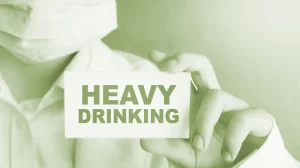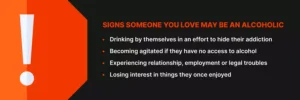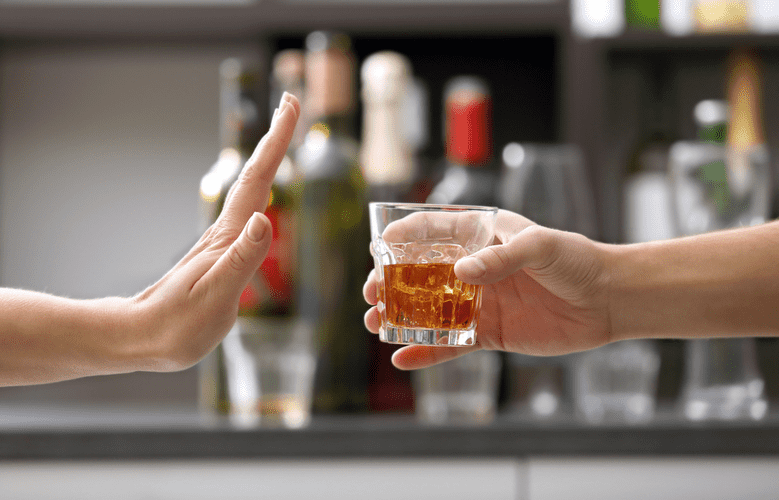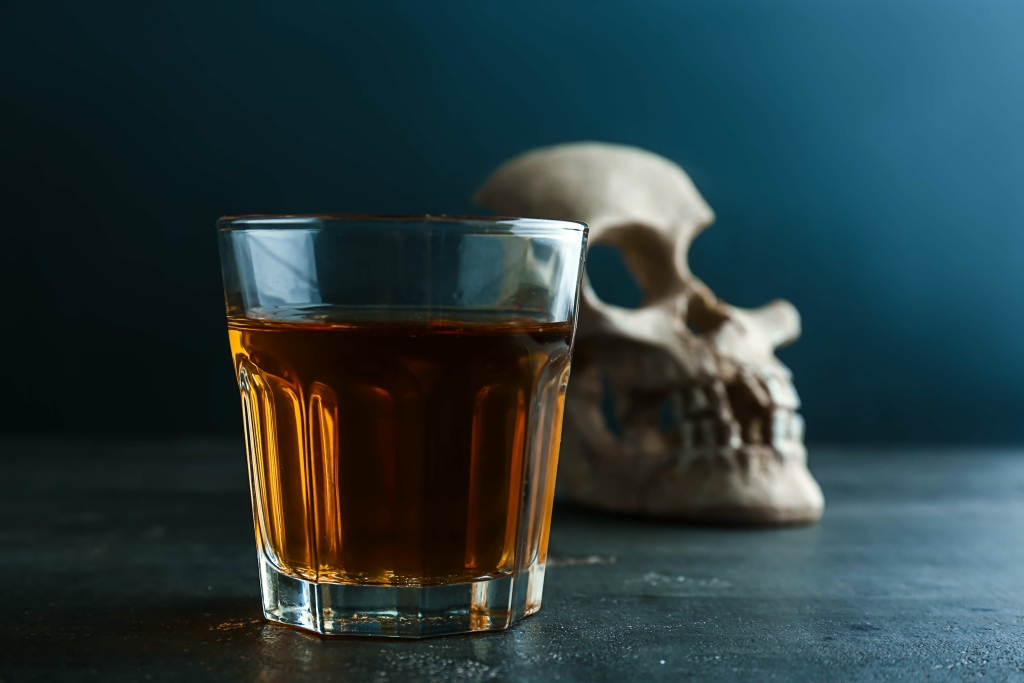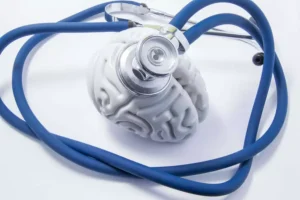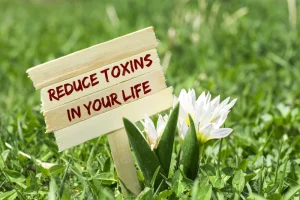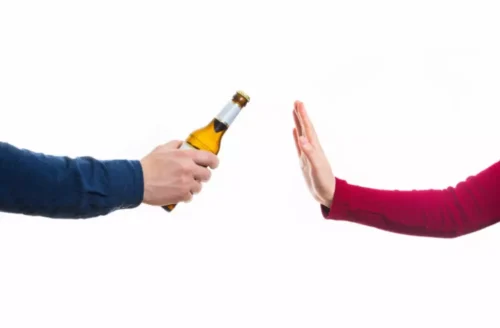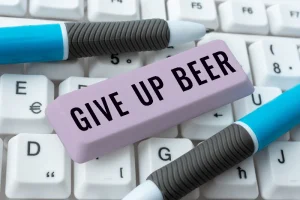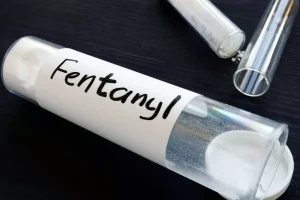These issues are of great concern to the Academy complex1 and to the nation; yet it is not possible to review the extensive literatures of these topics here. The committee believes that primary prevention of drug use is an important national goal, but questions remain as to whether even substantial improvement in primary prevention would reduce injection behavior. Because many people report smoking marijuana and relatively few go on to inject heroin or other injectable drugs, the efficiency of attempts to stop marijuana use as a way to prevent IV drug use is questionable. Nevertheless, primary prevention of IV drug use is critical in the light of HIV infection; such prevention requires a better understanding of the complex behaviors and conditions that surround the injection of illicit drugs. Although the articles in this supplement were submitted prior to the coronavirus disease 2019 (COVID-19) pandemic, people who inject drugs (PWID) have in no way been spared. The social distancing measures that helped slow the spread of severe acute respiratory syndrome coronavirus 2 may increase feelings of anxiety and loneliness among PWID while making it more difficult to obtain prevention, treatment, and social services.
Engagement in high risk injection behaviors prior to hospitalization with SBI
Injection drug use tied to MRSA bloodstream infections in Tennessee – cidrap.umn.edu
Injection drug use tied to MRSA bloodstream infections in Tennessee.
Posted: Fri, 14 Feb 2020 08:00:00 GMT [source]
As a result, the patient should be told that the LMWH therapy should be maintained for another 12 weeks. In ambulatory settings, accurate assessment of compliance with LMWH indications is complex, and one research showed that treatment lasted between 2 and 12 weeks (on average, 6.5 weeks) [43]. In the subpopulation of IVDU, the most common vein to be affected was found to be the femoral vein, followed by the iliac vein. Bilateral thrombosis is estimated to occur 6.8% to 37% of the time; however, thrombosis in the opposite leg might be asymptomatic.
Public Health Problems Related to IV Drug Use
Informed guesstimates are produced by looking at any available indicators or other correlates of IV drug-use prevalence and making an informed guess about the number of IV drug users. The accuracy of indirect estimation or informed “guesstimation” can be no greater than the accuracy of the direct estimates on which they depend. Indirect estimates are based on regression models that attempt to relate indicator data (e.g., the number of burglaries or heroin-related deaths) to the prevalence of IV drug use.
Blood-Borne Infections from Injection Drug Use: Hepatitis, HIV, and More
Data are still needed on the distribution and variation of behaviors that transmit HIV, the number of IV drug users, and the proportion of users infected with the virus. Such data are critical to planning for future health care needs, targeting prevention programs, counseling the infected, and protecting the uninfected. Persons who are justice system-involved are more likely to experience risk factors for HIV, viral hepatitis, sexually transmitted infections (STIs), tuberculosis (TB), latent TB infection (LTBI), and traumatic brain injuries (TBI) and concussions. The prevalence of these infections, diseases, and injuries is higher than in the general population. This puts many in need of linkage to substance use and mental health treatment, employment, and permanent housing upon release.
Fungal Infection

Syringe service programs can vary in how they are structured, but they typically provide clean syringes and needles to help people avoid reusing them and getting infections. Syringe service programs can reduce the risk of HIV and hepatitis C, but they are less likely to reduce the risk of injection injuries. Intravenous drug users can be challenging iv drug use patients to manage on medical wards, with aggressive behaviour, illicit drug use while in hospital and early self-discharge commonly encountered. In the past decade, NSEP and MAT have succeeded in reducing the rate of HIV infection;meanwhile, there is strong evidence that HAART is effective in reducing HIV transmissionrates and prolonging life59.
Similarly, there have been no reports from these programs of increases in the number of IV drug users in the early phases of drug-use careers. It appears that the programs provide needed services to IV drug users and facilitate their entry into drug treatment without being coercive (Hart et al., 1988; Ljungberg et al., 1988). Maintaining a nonjudgmental attitude toward participants and providing a range of risk-reducing options from which the IV drug user can choose may be two of the factors that are critical to the success of syringe exchange programs (Alldritt et al., 1988).
If you use drugs or drink alcohol, take the following steps to protect your health.
- Furthermore, the criteria of DSM-V substance use disorder can be used tospecify current severity, with mild, moderate, and severe6.
- This section traces the history of those studies, summarizes the current state of knowledge, and indicates directions for future research.
- CDC aims to improve the health of people and their babies by identifying the safest treatment options for common conditions before, during, and after pregnancy.
Fentanyl use, as well as concurrent opioid and stimulant use, was reported to lead to increased injection frequency due to a perceived shorter high, often in excess of 15 separate injection events per day. Additionally, it was described by several participants that even though harm reduction knowledge may be present, priority of risk reduction strategies may be diminished as a consequence of drug high. Injection risk behaviors and participants’ perception of these risks with respect to SBI were highlighted during the interviews with resultant emergence of themes. Risk may be greater with IV use since it puts the opioid right into your bloodstream, heightening its effects. Necrotizing fasciitis, the so-called “flesh-eating disease,” is a rare but serious infection that can affect people who inject IV drugs.
How CDC supports correctional health
However, the sterilization of injection equipment is not without problems, as some disinfectants may dissolve the silicone lubricant of the syringe plunger, thus making its operation quite stiff. Popular lore about heroin users holds that, once they are “hooked,” their appetite for the drug is so great that they will run any risk to obtain it. In contrast, research has shown that users adjust their consumption to such external factors as price and availability (Waldorf, 1970; Hanson et al., 1985). This ability to adapt to various social and market forces also sustains the belief among many users that they are not addicts but merely visitors to the heroin scene who are still in control of their lives (Fields and Walters, 1985).
- Much like the first sexual experience, the first injection experience may be anticipated or expected but not planned for (Des Jarlais et al., 1986c).
- People with HIV take a combination of HIV medicines (called an HIV treatment regimen) as prescribed to stay healthy.
- The number distributed rose to 700,000 in 1987; it is estimated that 750,000 sterile needles and syringes will be distributed in 1988.
- In cities with relatively few IV drug users, the equivalent of a shooting gallery may be the dealer’s apartment, a rented room, or a hotel room in which the dealer makes “house works” available to inject drugs at the time of purchase.
- For example, single-substance drug use lends itself relatively easily to research design; the polydrug use that a significant portion of IV drug users actually report is much more difficult to measure (B. D. Johnson et al., 1985).
In a study conducted by Thokchom et al., one-third of the 109 individuals who presented to an emergency room with a suspected DVT were IVDU [46]. The pathogenesis of DVT development in IVDU is mainly attributed to the interplay of trauma to the vessel by repeated injection and the injected drug itself. Prevalent clinical presentations include local pain, swelling, and redness with typical systemic symptoms including fever, cough, dyspnea, and chest pain on top of addiction features. There appeared to be a delay in reporting symptoms, which was most likely due to the social stigma attached to IVDU.


